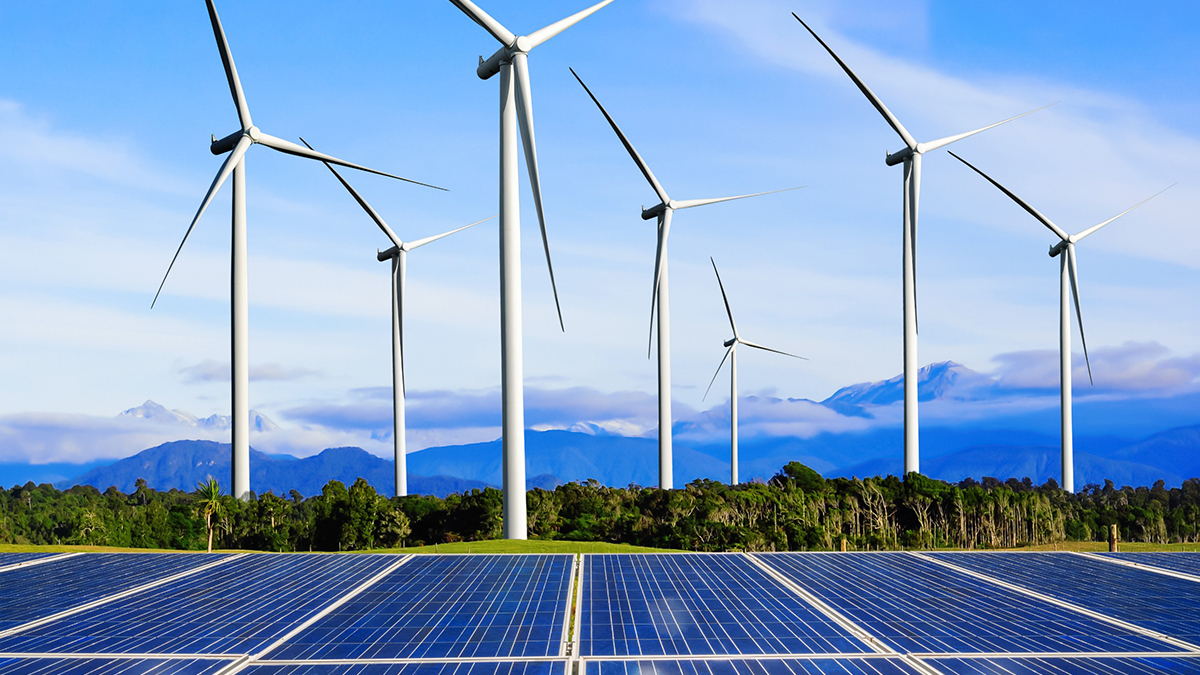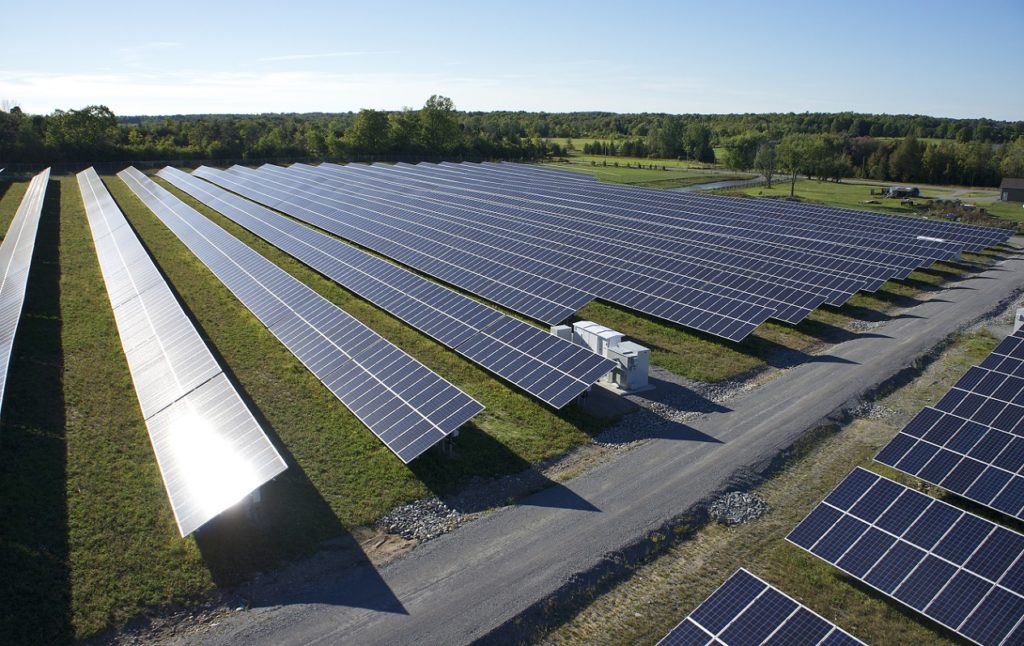CPEC Poised to Drive Sustainable Solutions Amidst Financial Hurdles
Pakistan’s ambition to transition towards a greener economy requires substantial investments, estimated at $348 billion by 2030, to tackle its climate challenges effectively. This includes a blend of adaptation, resilience initiatives, and aggressive decarbonization strategies as outlined in the nation’s updated Nationally Determined Contributions.
Renewable Energy and Electrification Goals
By 2030, Pakistan aims to generate 60% of its energy from renewable sources, electrify 30% of new vehicles, and replace coal-powered plants with more sustainable hydroelectric power. These initiatives highlight a significant shift towards reducing the country’s carbon footprint and enhancing its energy independence.
Financial and Technological Support from China
A new report by the Sustainable Development Policy Institute (SDPI) underscores the crucial role of the China-Pakistan Economic Corridor (CPEC) in facilitating this transition. It suggests that leveraging Chinese expertise in low-cost energy technologies could address not only Pakistan’s climate and energy challenges but also stabilize the soaring electricity costs.
Investment Needs and Potential
The report emphasizes the need for $115.7 billion to transition to renewable energy, enhance energy efficiency, and decarbonize the transport sector. With the electric vehicle market expanding in Pakistan, there is a substantial opportunity for establishing local manufacturing and charging infrastructure, which could attract significant Chinese investment.
Challenges in Policy and Investment Climate
Despite the potential, Pakistan faces several obstacles that could deter investment, including policy discrepancies, financial uncertainties, and coordination issues between governmental levels. The persistent issue of circular debt and delays in regulatory approvals exacerbate these challenges, casting doubt on the feasibility of timely project completions and operations.
Strategic Measures to Boost Investor Confidence
To attract and secure Chinese investment, it is crucial to establish clear communication channels among stakeholders, develop robust green funding mechanisms, and ensure the integrity of contractual agreements. Addressing the payment challenges and curtailment issues in the wind power sector is also vital to maintain financial stability and investor confidence.
Source: dawn.com





